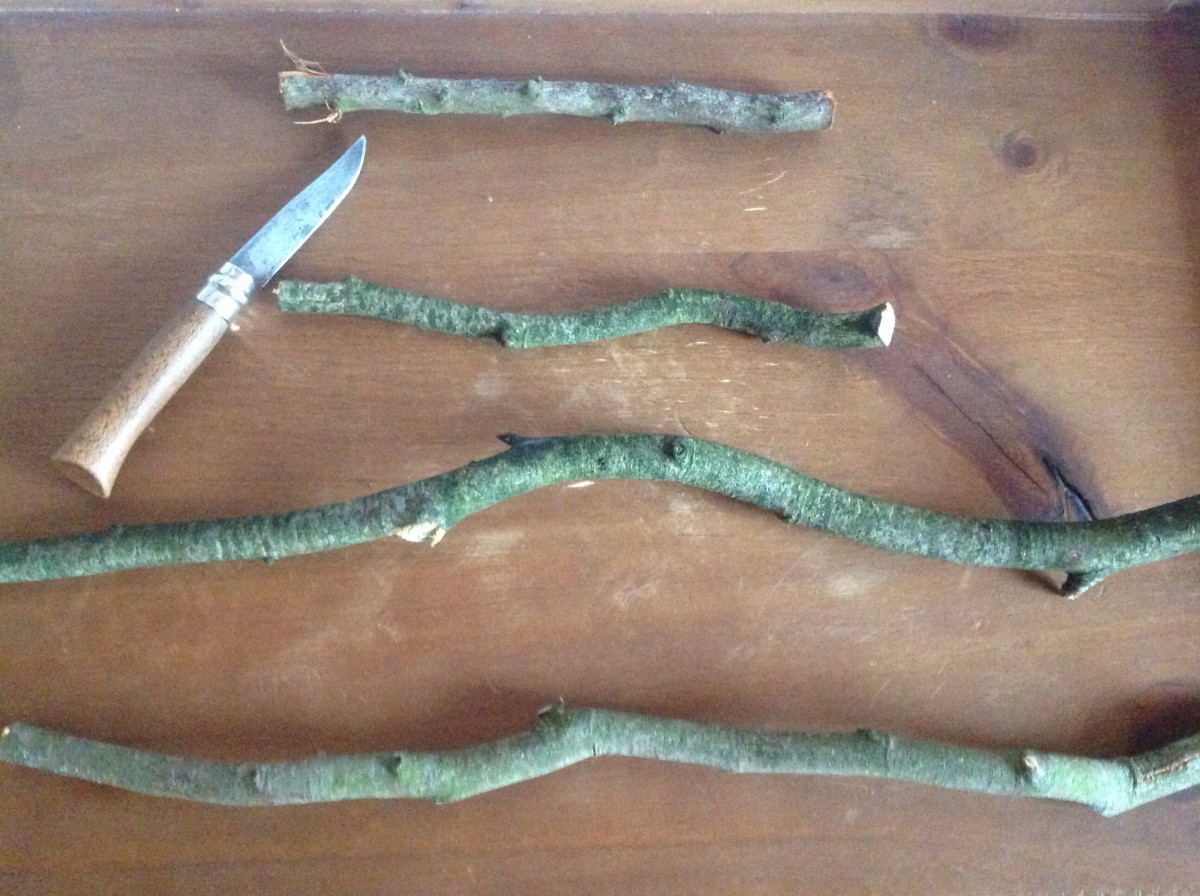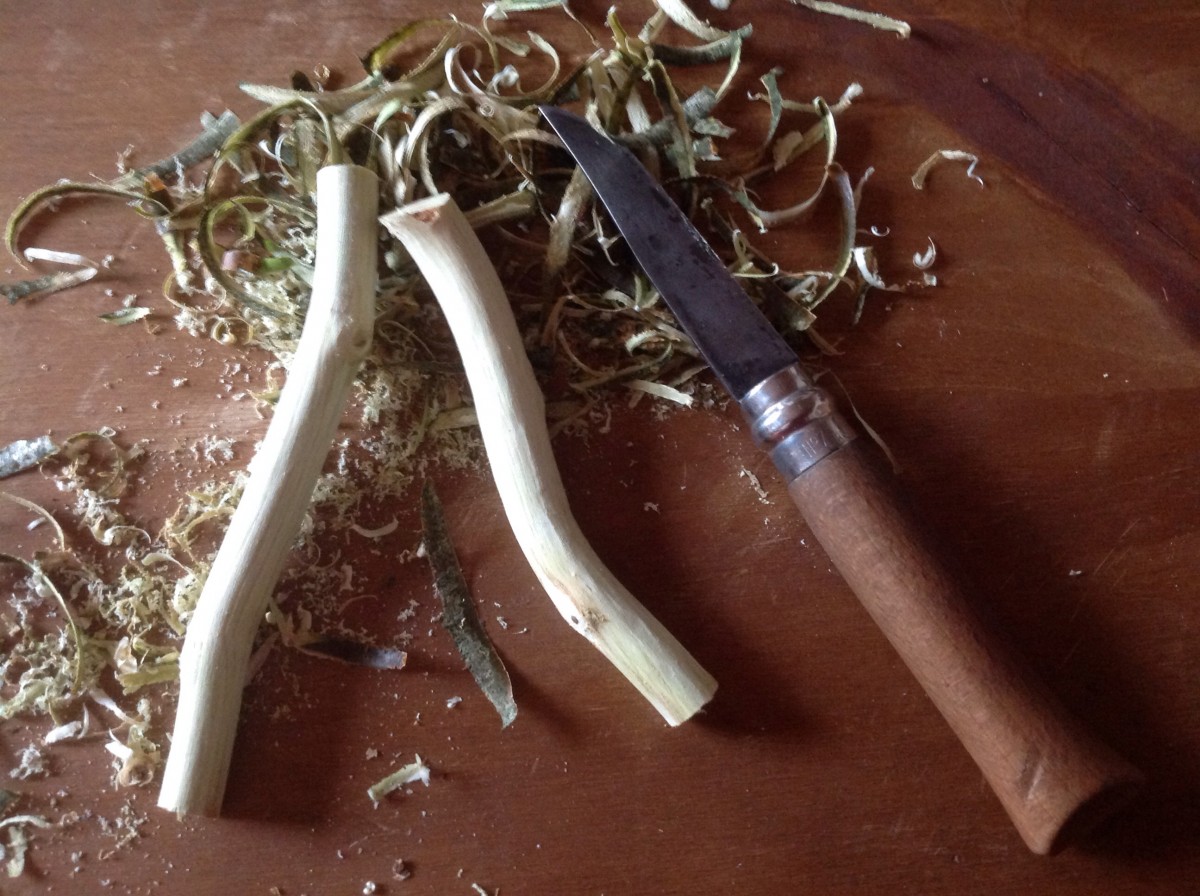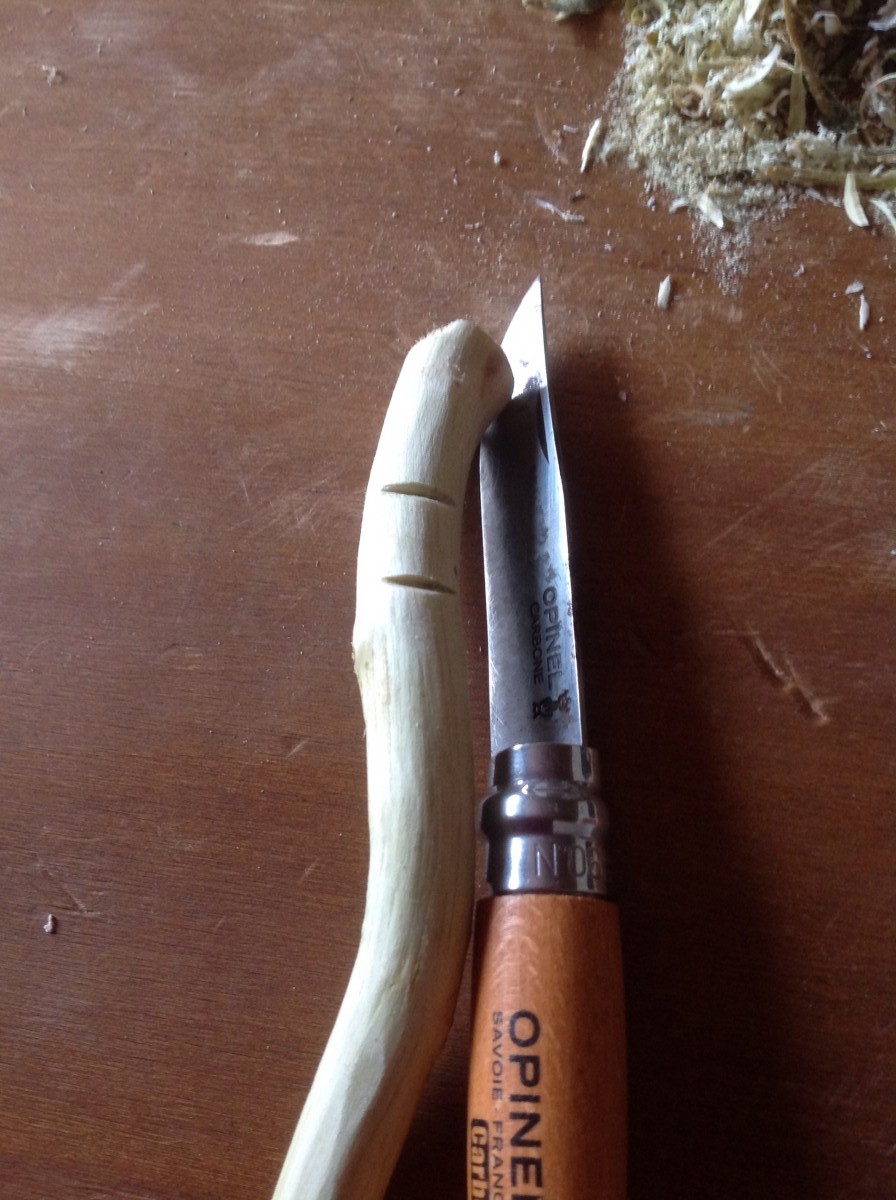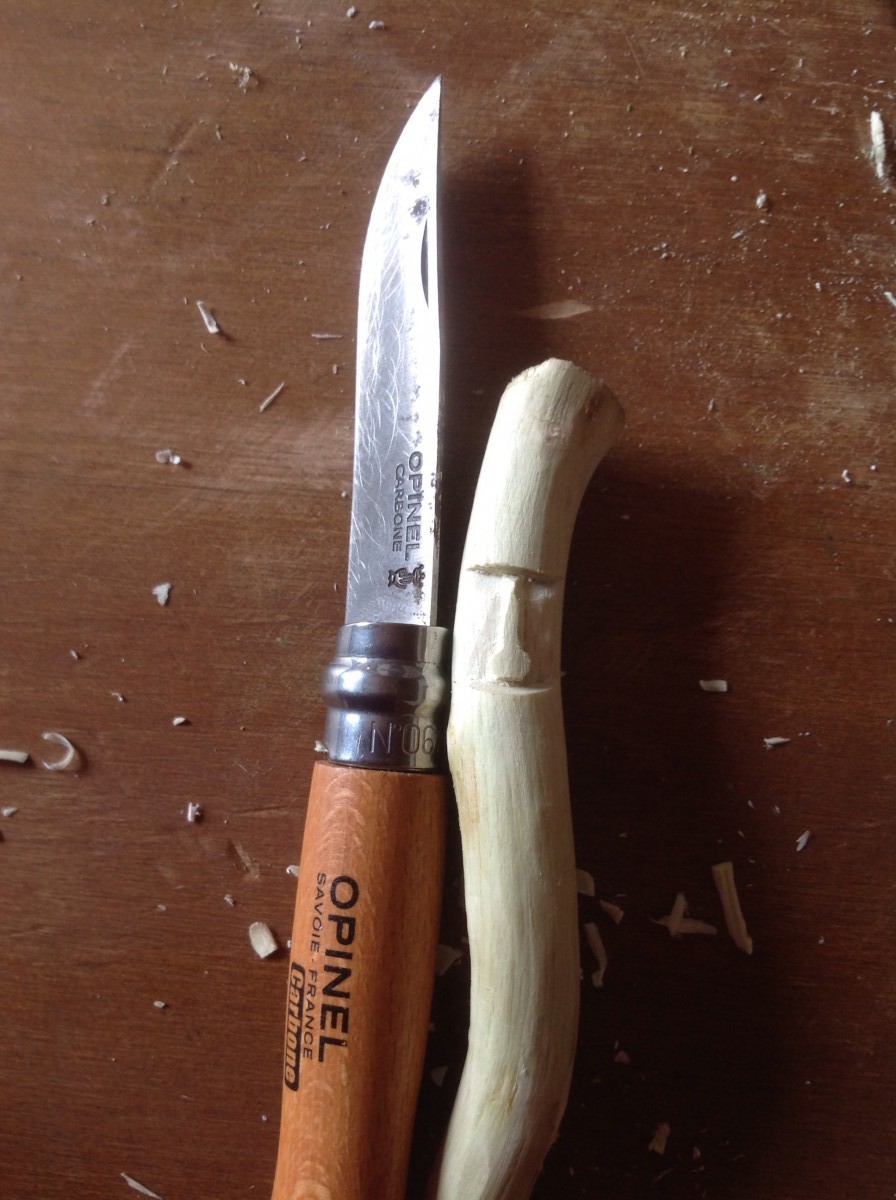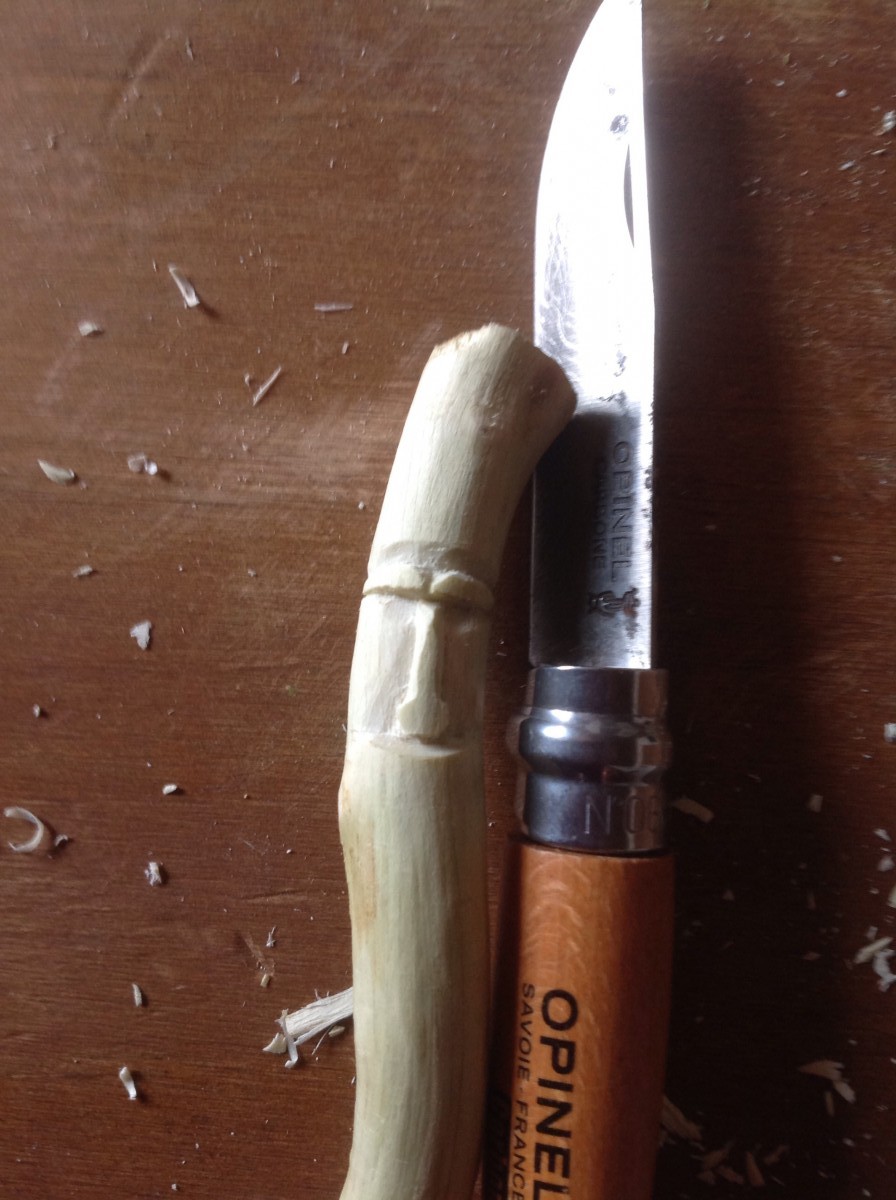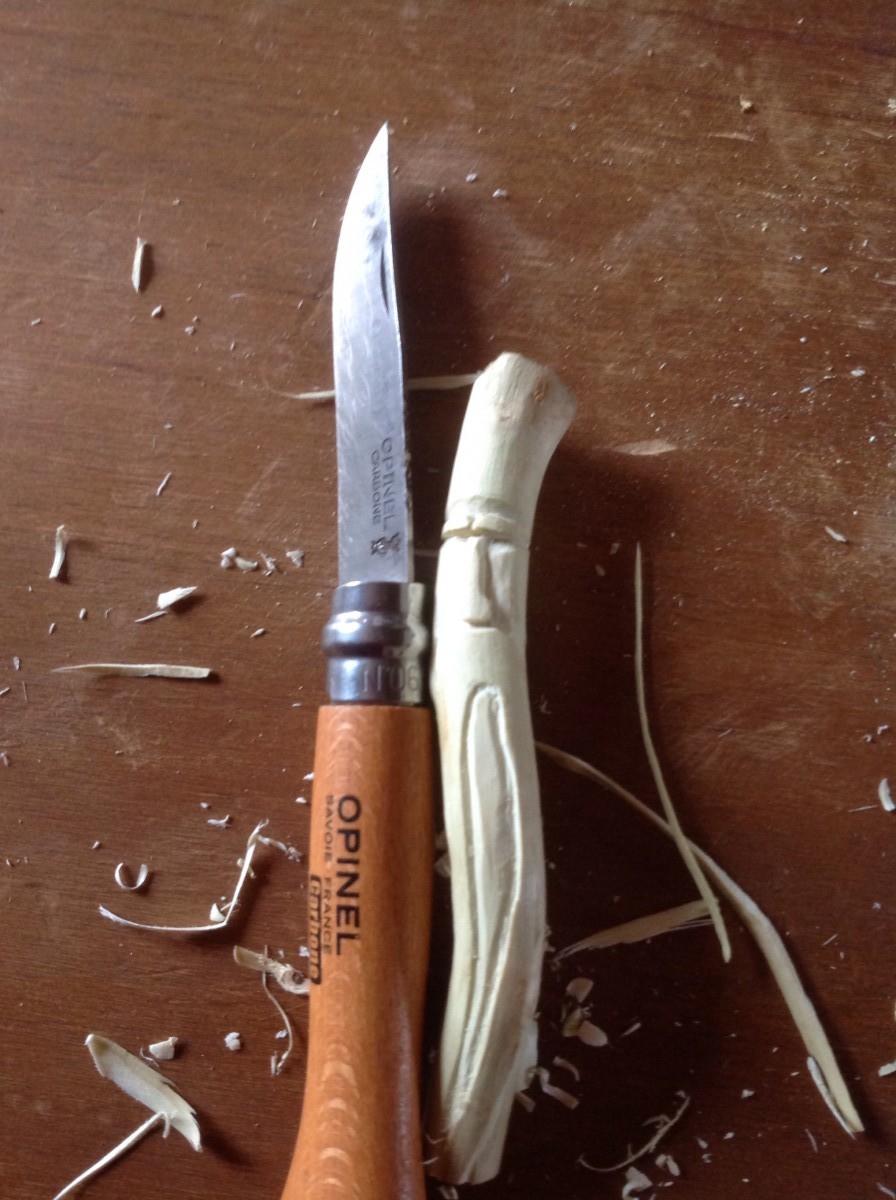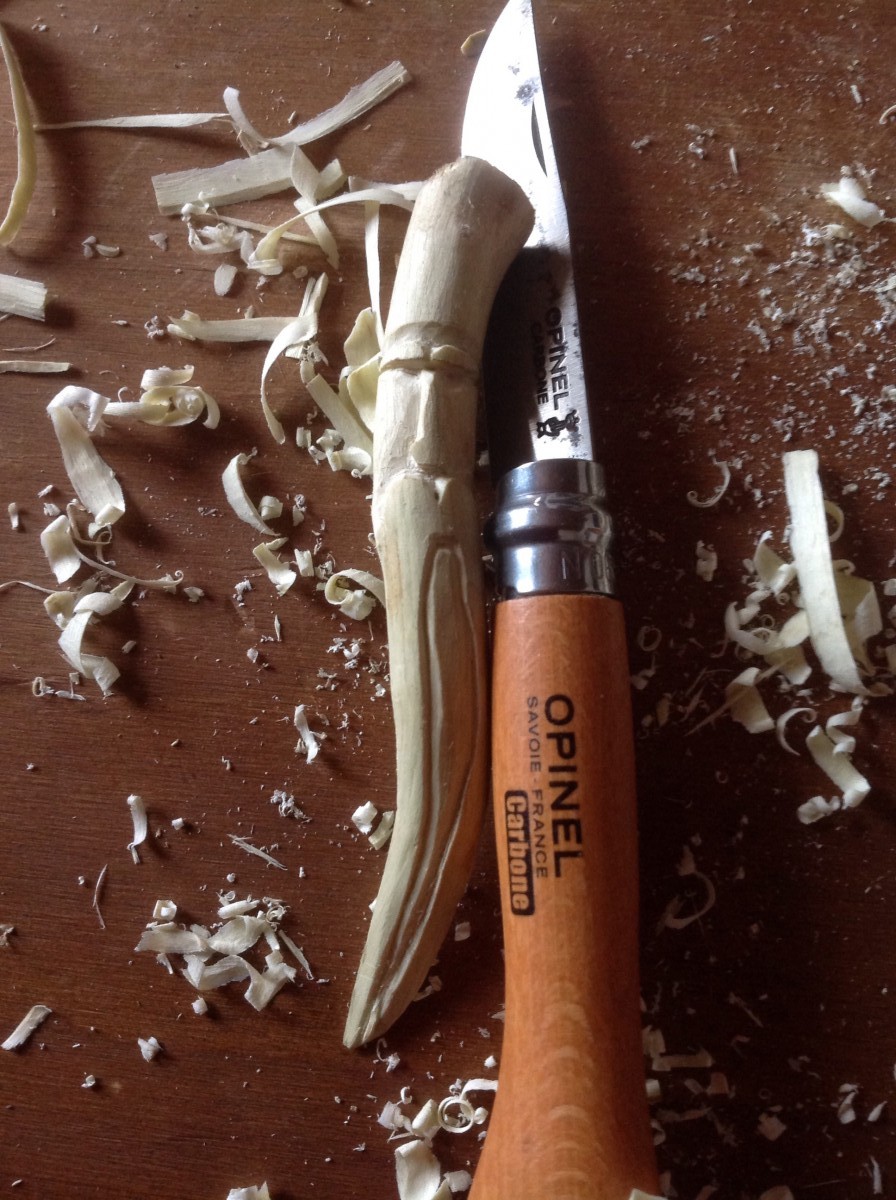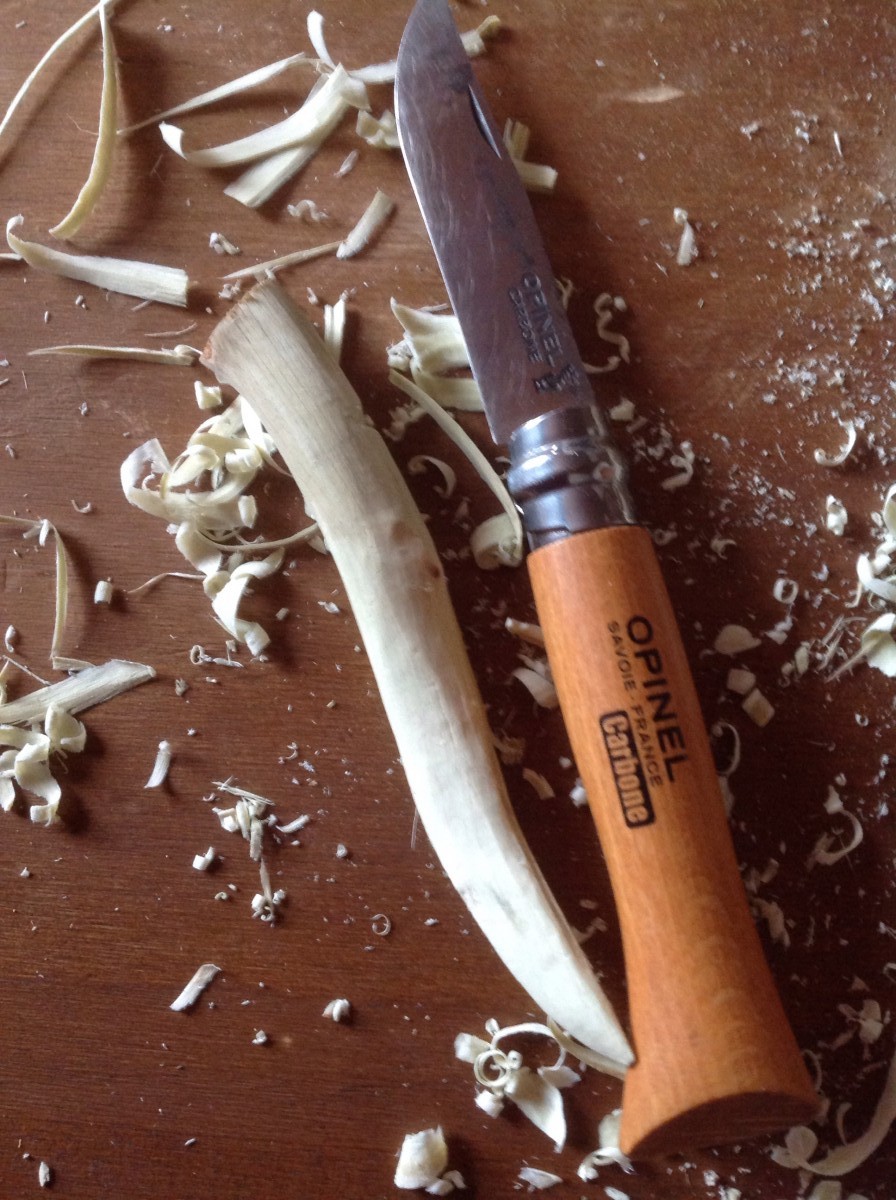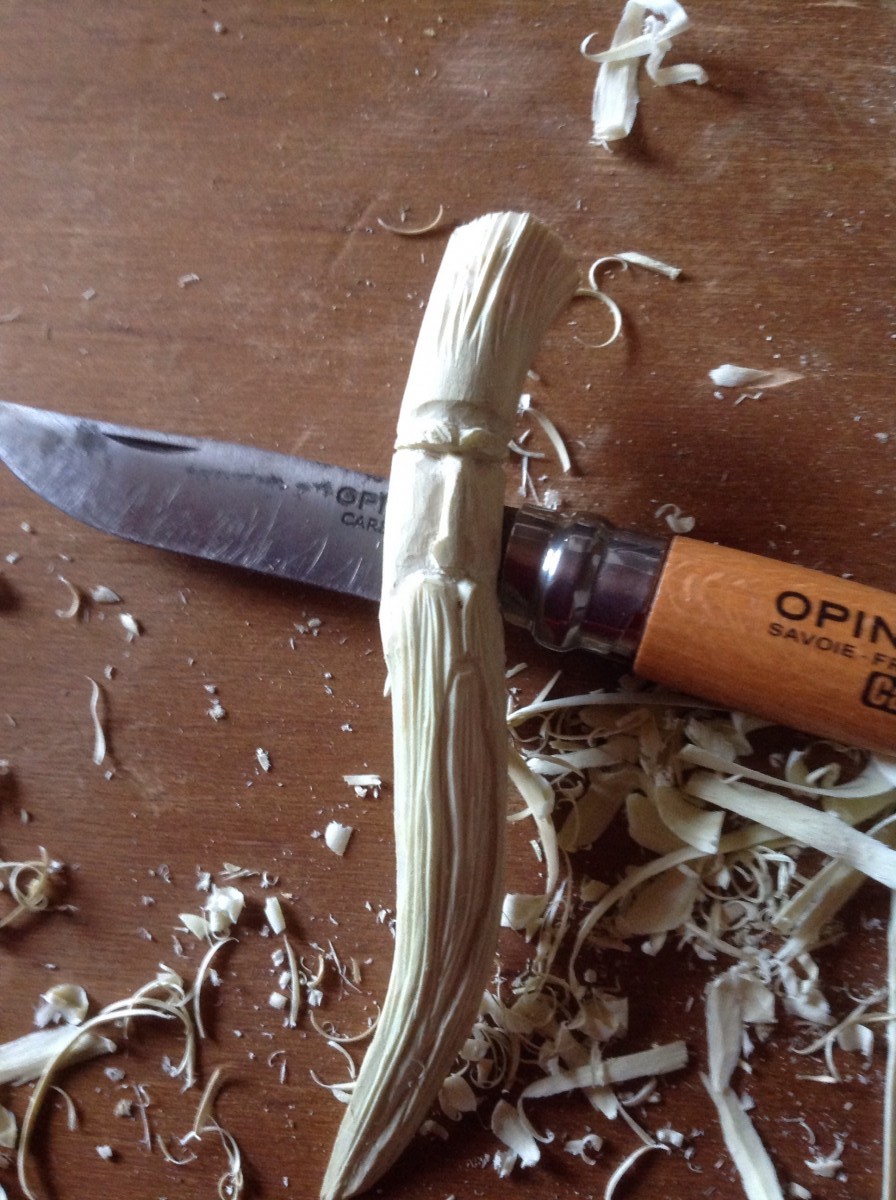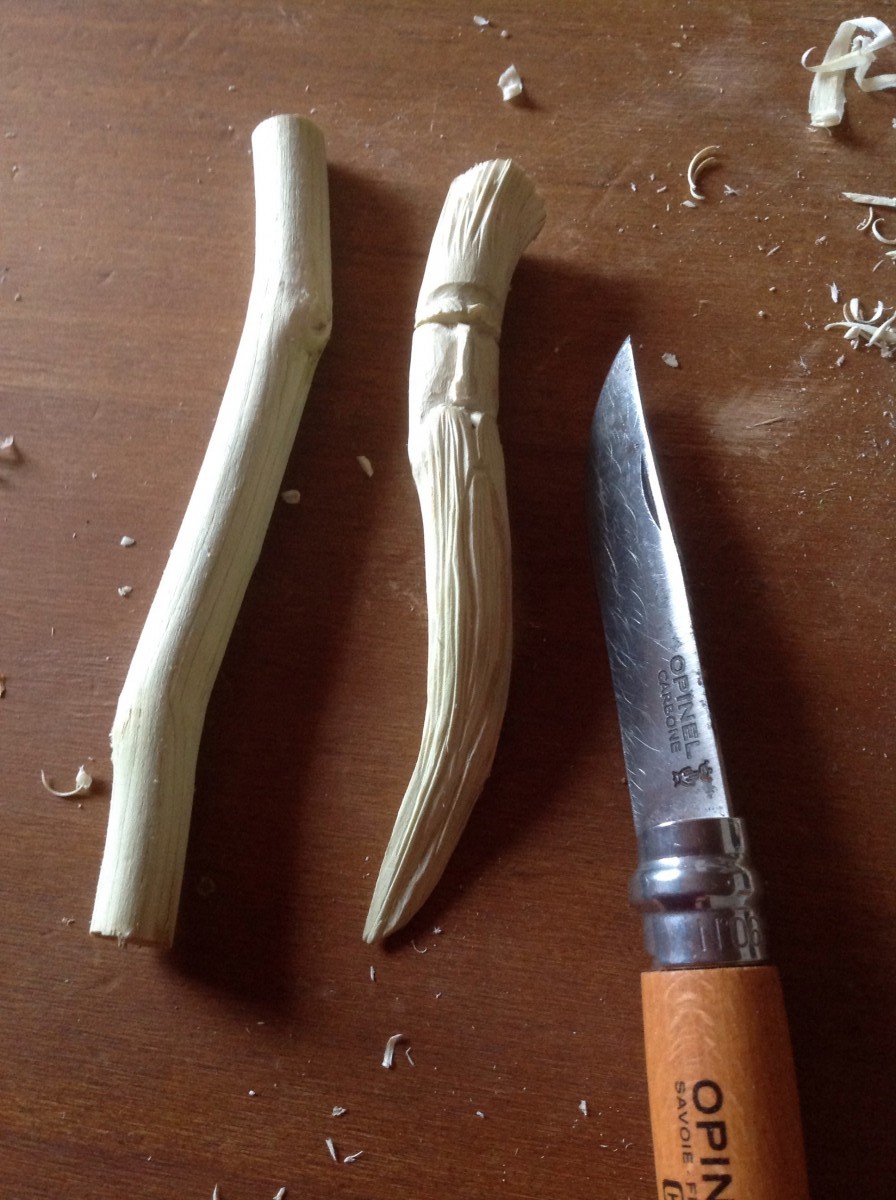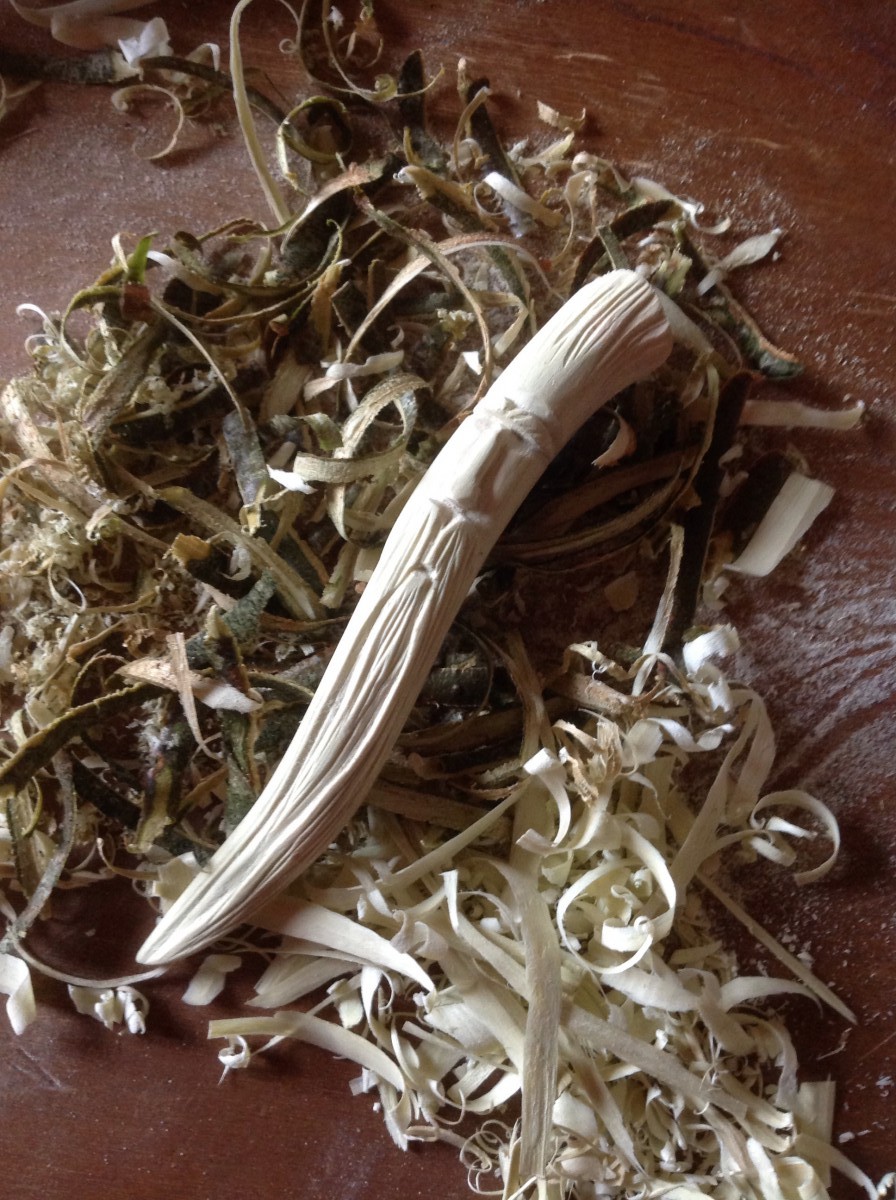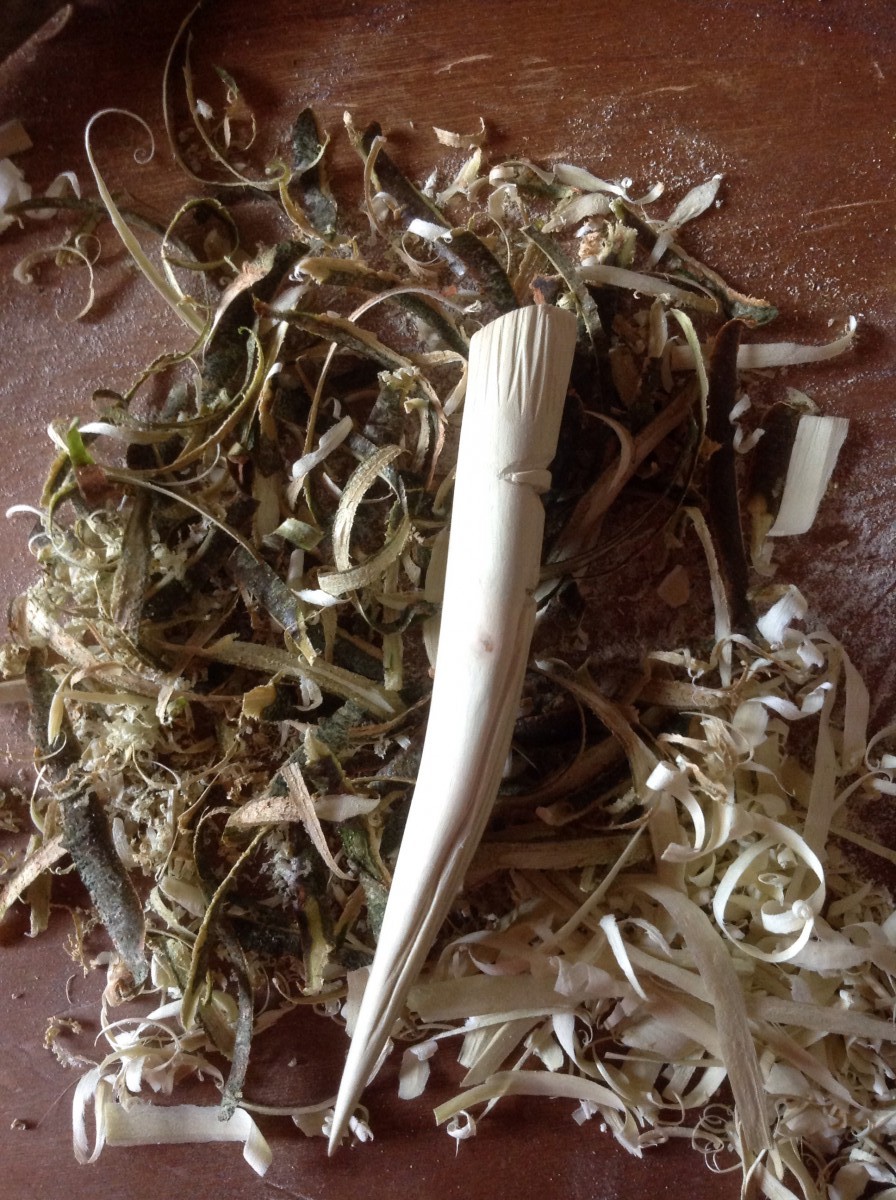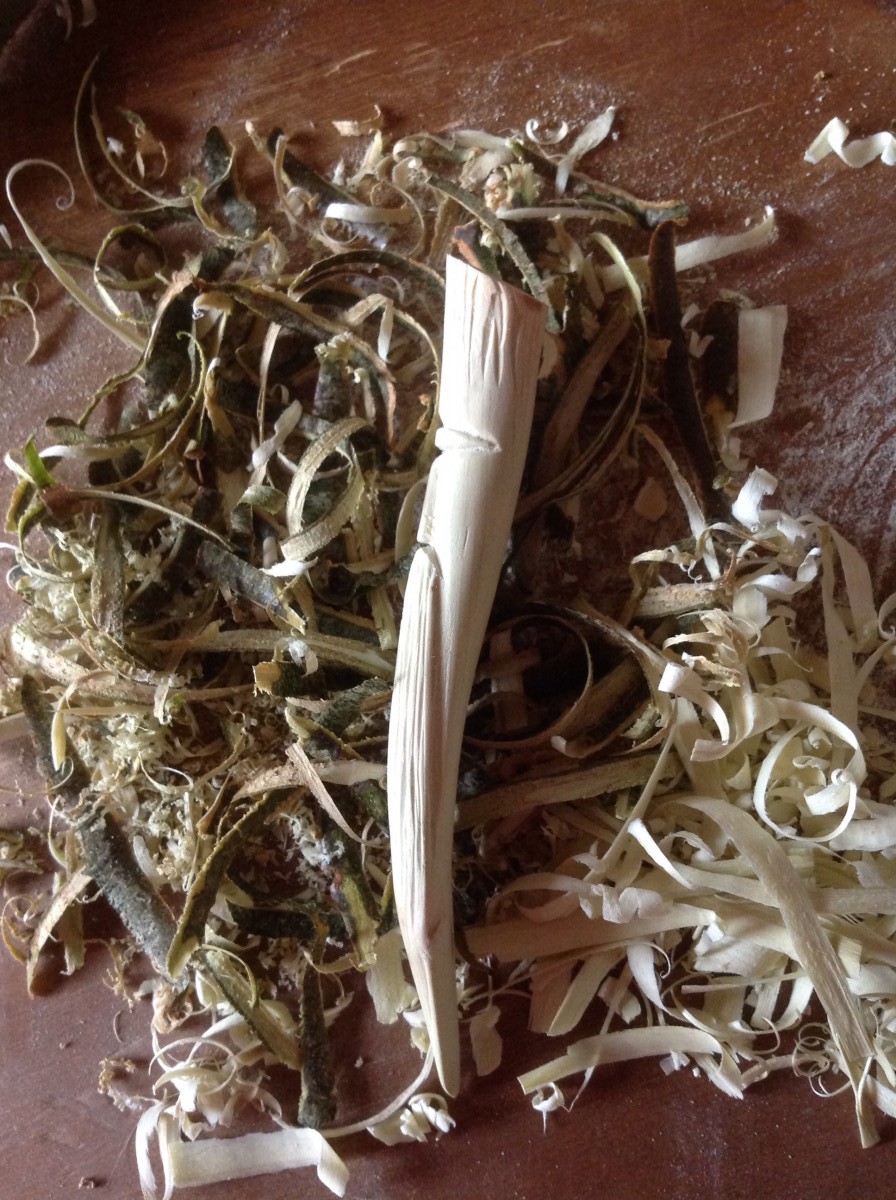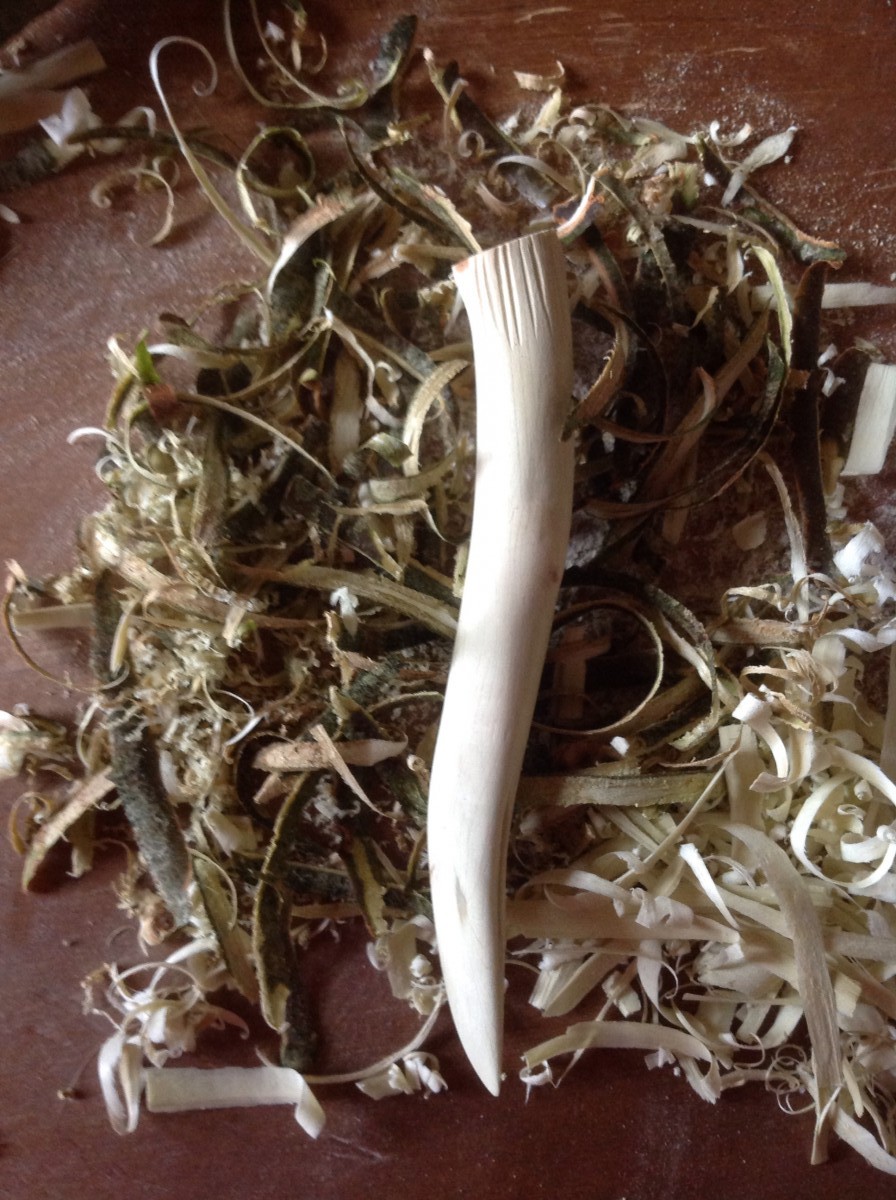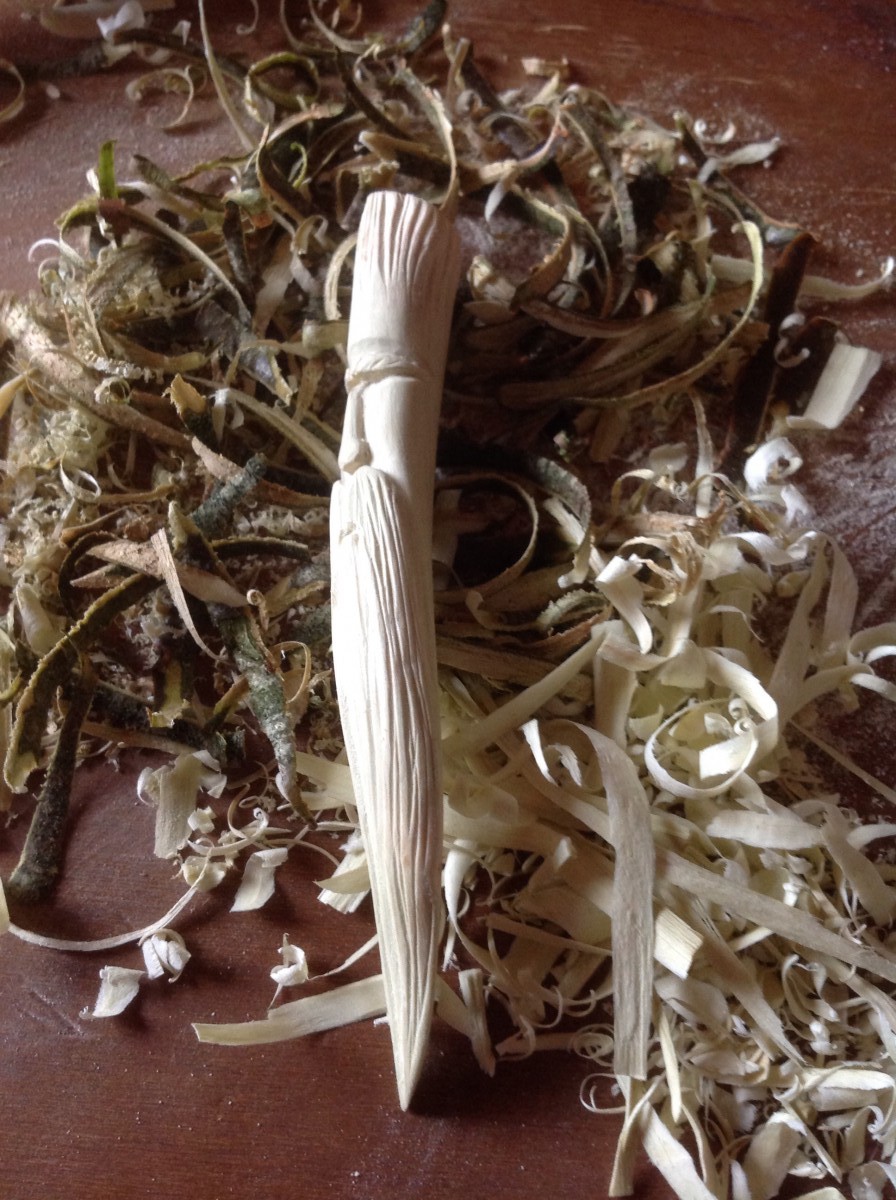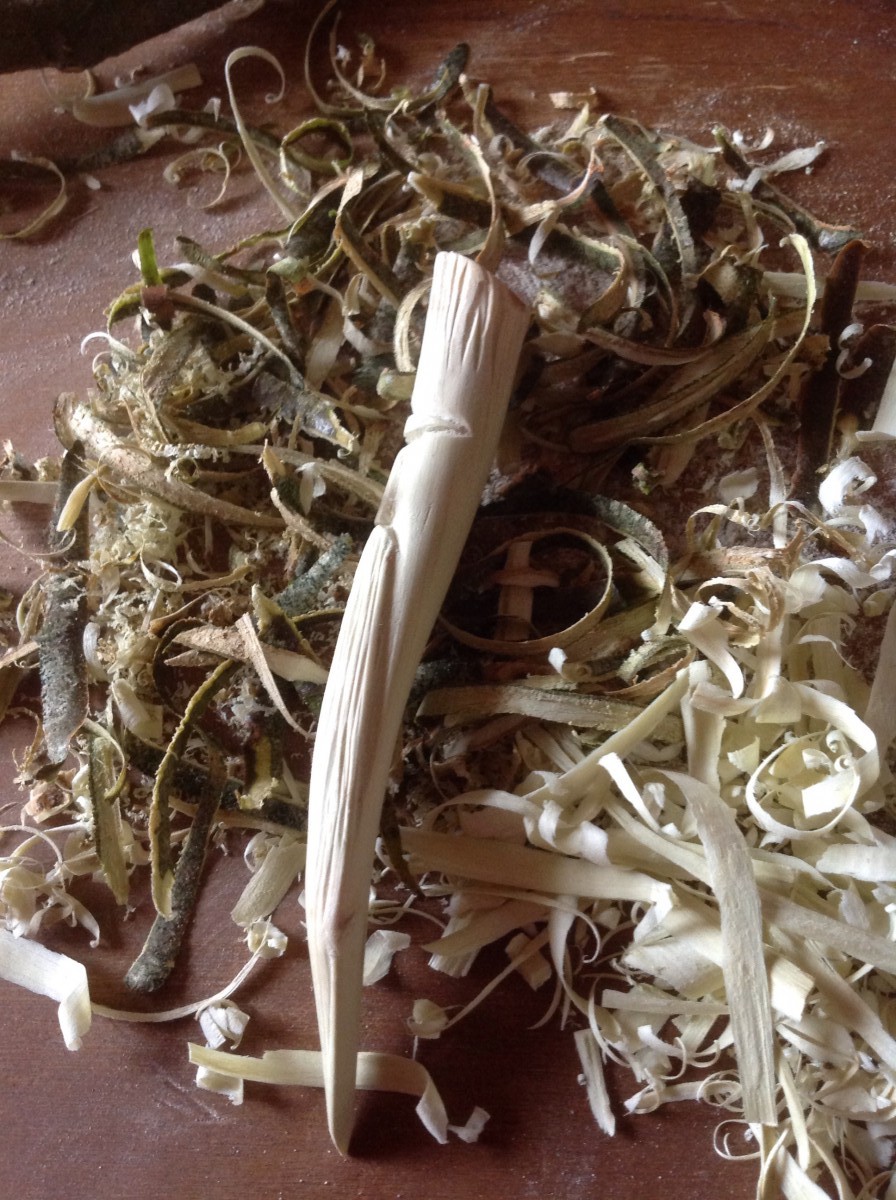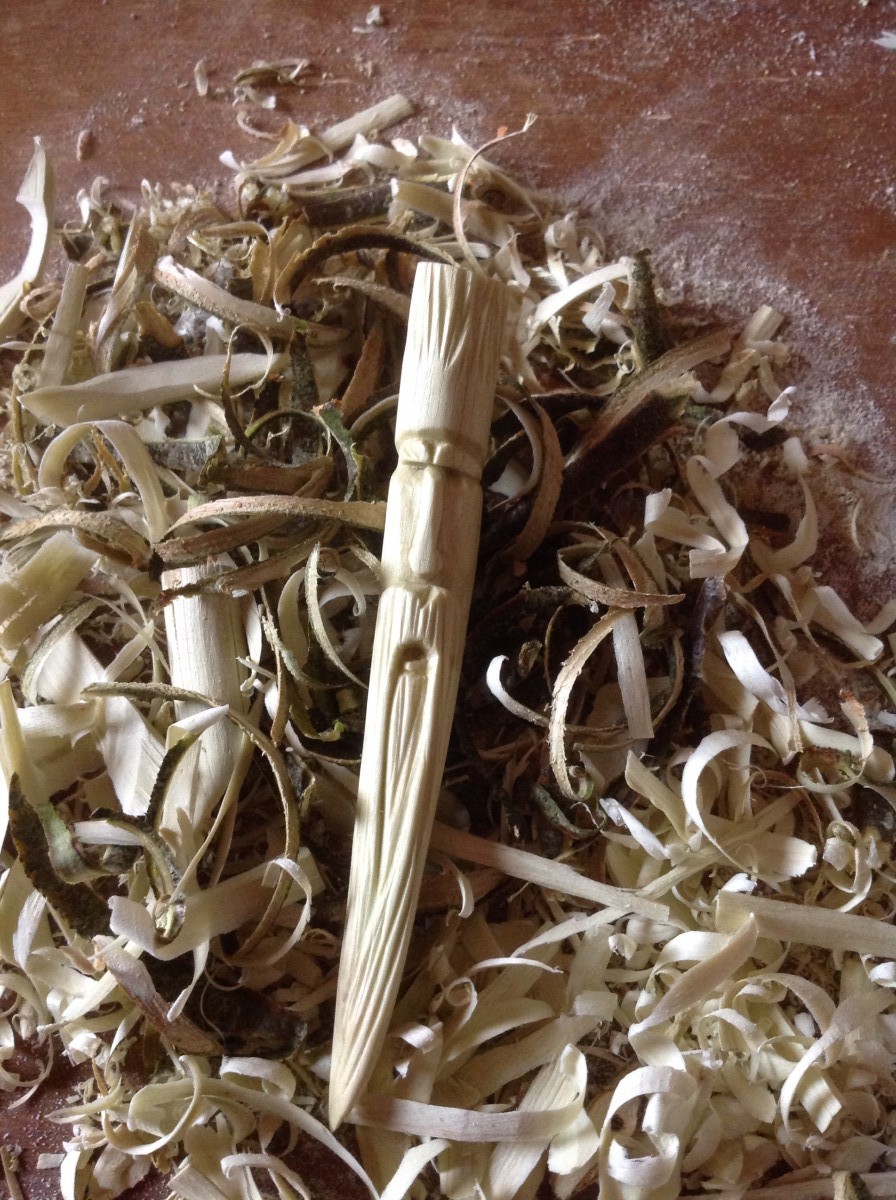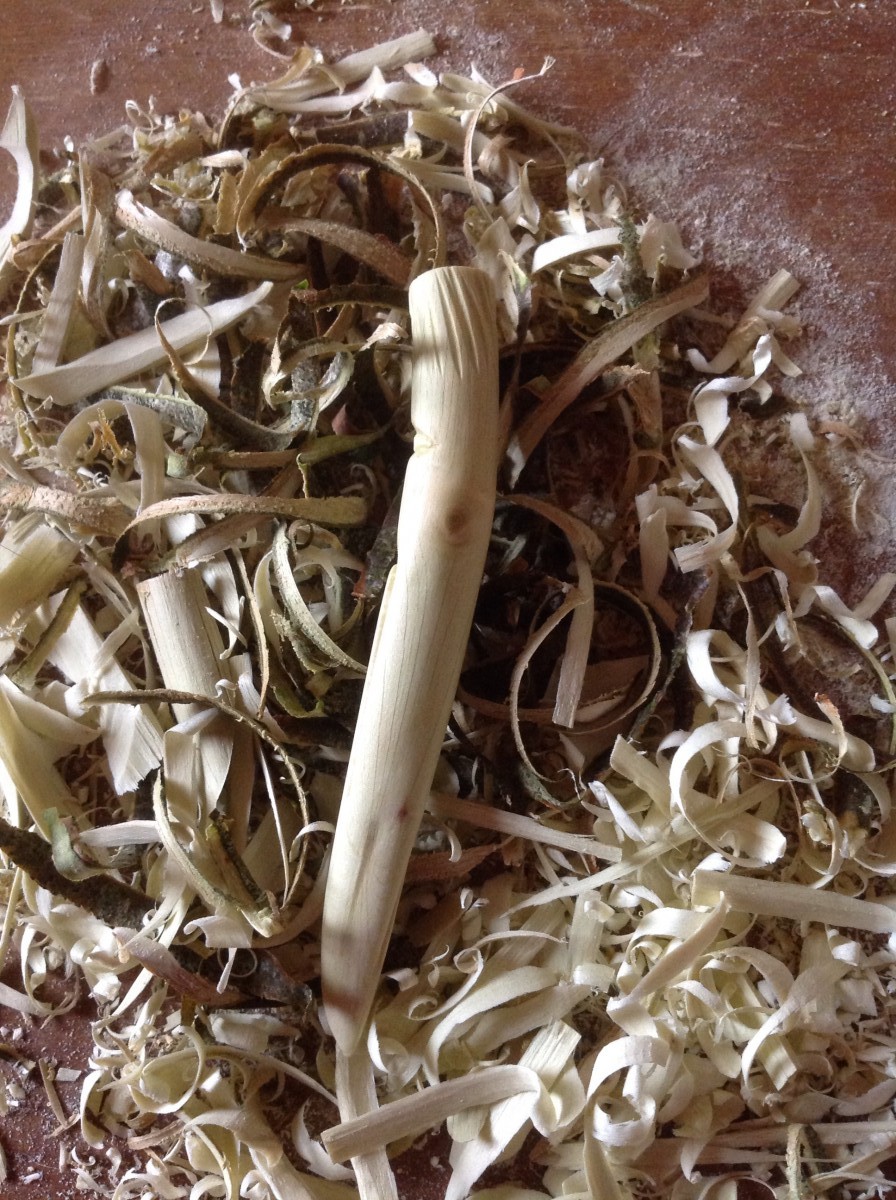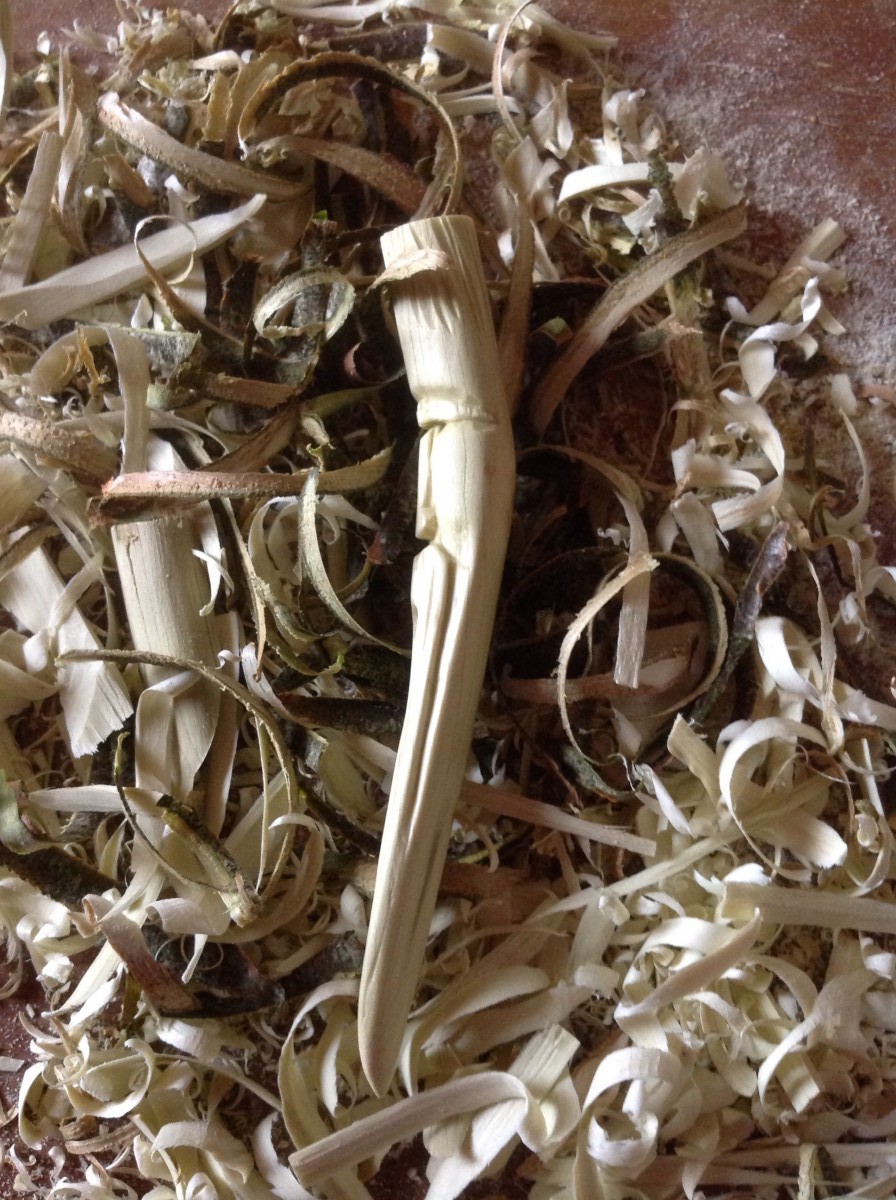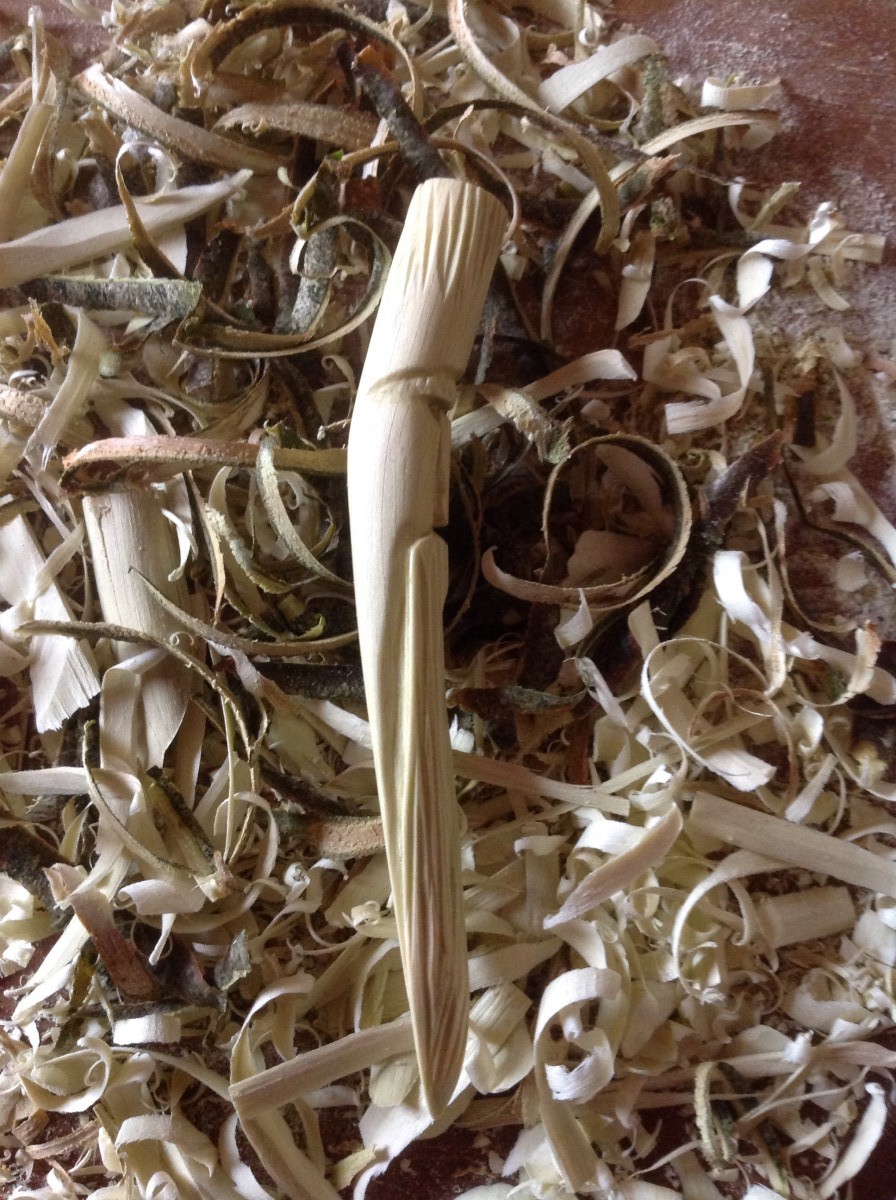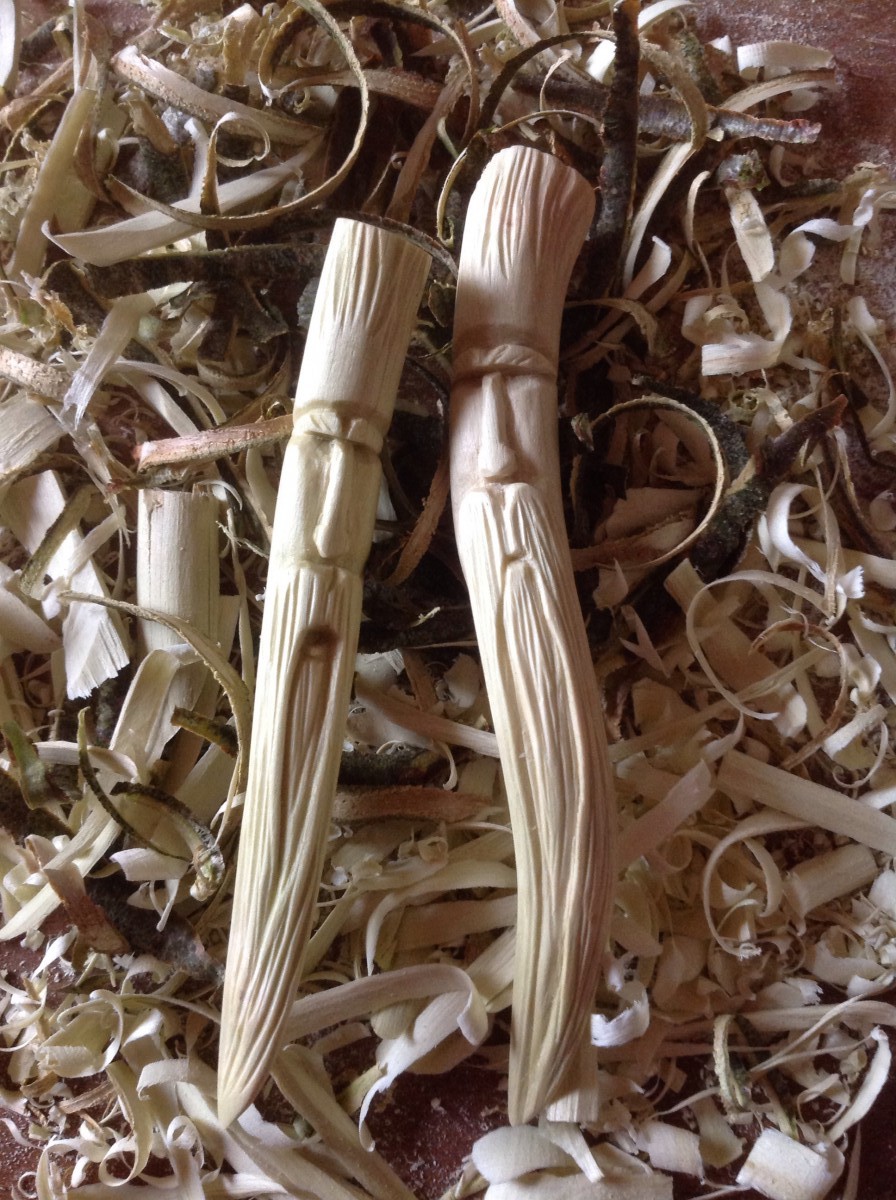Beech
The Mother Of The Woods
Renowned for Her generosity of spirit, offering shelter, nourishment, wisdom and knowledge.
I’ve been at a bit of a loose end lately, now that all the firewood has been gathered from the woods; I still have to finish cutting, sorting and stacking, but, it’s been raining incessantly so all outdoor play is temporarily suspended.
Through necessity, The Muse has been quiet, but never out of my mind, and I have not made anything in a little while – the demands of gathering fuel for winter heating and hot water have been occupying my time. But, while sitting in the greenhouse this morning, watching the tomatoes grow, I felt my fingers get itchy; itchy with the need to create something, to carve, and to take a little time to quiet the mind – It is time, once again,to heed The Muse.
So I gathered some materials and sharpened my knife – I had a tamper or two in mind.
When I start a tamper I consider which wood I want to use, as each has different properties, and each will age differently. In this instance it was to be Beech, a wood I am particularly fond of, especially for tampers – the grain is quite beautiful, and it darkens, with age and use, to a lustrous golden hue.
From the fresh cut branches I selected the two pieces I intended to work with. At this point I pay careful attention to the shape of the wood, trying to visualise the tamper within.
Once happy with the pieces, the size, shape and overall form I carefully strip the bark, being careful not to dig the blade into the wood.
At this stage I scrape the wood, holding the blade of the knife at 90 degree angles to the wood. This removes all the under bark, and also smooths the wood. Then I make two stop cuts at 90 degrees to the grain – one for the eye socket/brow and the other where I want the nose to end and the moustache to begin. These are then followed by a wedge cut, creating two half-moon shapes.
The distance between these two cuts decides the length of the nose and face being carved – if I am working with a narrow diameter piece of wood, I exaggerate the distance creating a long slim face. For wider diameter pieces I reduce the distance between the cuts. I works for me.
To form the nose I add two stop cuts from the brow down to the moustache, angling them apart the further they go. The I cut into them, forming the cheeks, and leaving the nose proud of the surrounding wood. I do some rough shaping to make the ‘lump’ look more nose-like.
Once I’m happy with this I roughly carve the eyebrows, again using stop and wedge cuts. These can be left angular, or refined, depending on the look required. I tend to round the top edge of the brow, leaving the bottom sharp. I also start to define the moustache, again with stop and wedge cuts.
To form the mouth, and beard, further defining the moustache, I remove some material below the mouth and make more cuts to define the inside line of the moustache.
From here on in its all finishing touches and refinements – this can, on occasions, depending on the level of refinement I’m after, take as long, or longer, than all the stages so far. This is also the point that I remove material from the back to form the ‘blade’ of the tamper, and shape it – I always try to get this to match the shape of the beard and moustache.
At point, as long as I am happy with the tamper, I wax it with beeswax. This will prevent the wood from drying out too quickly and possibly cracking, as well as giving it a protective, and aesthetically appealing coating. The wood has a green sheen that quickly disappears as it dries; within 1 hour the colour has changed and is starting to darken. Over time the grain will become more prominent, making this not only a very tactile object, but also a visually appealing onE.
While I was on a roll, and because it was still foaming out of the skies, I made a second smaller tamper.
And, side-by-side.
You can see, if you look carefully, how the colour of the larger tamper has already changed.
The large tamper has a slightly angled tamp head allowing the smoker to create a nice rounded ember in their favourite tobacco (I personally favour this type of tamper). The small tamper has the more traditional finish.

